- Home
- Trend
- Weight Loss Strategies
- Acne Tips
- Hair Health Information
- Blemish Removal Tips
- Acne Scar Removal Tips
- Muscle Building Techniques
- Intimate Care Tips
- Postpartum Intimate Care
- Eye Bags Wiki
- Tips for Face Slimming
- Secret of Permanent Hair Removal
- Breast Enlargement Tips
- Cure to Snoring
- Marionette Lines
- Skin-Tightening Secrets

免費體驗
Ultra V Lift Pro Non-Surgical Instant Facelift Treatment
1 Minute Self-Registration
Date should not be before minimal date
Facelift procedures have greatly increased in popularity in recent years as more and more people look for efficient solutions to look more youthful. Everyone experiences ageing, which causes the development of wrinkles, drooping skin, and other ageing symptoms. Fortunately, facelift procedures provide a way to reverse these effects and revitalise the face. This article will discuss numerous facelift treatment choices, their advantages, potential drawbacks, and pre-operative instructions. This comprehensive guide will provide you the knowledge you need to make a wise choice whether you're thinking about a surgery or non-surgical facelift. As we get older, collagen and elastin production slows down, which makes our skin less flexible and tight. Getting too much sun, making bad decisions, and having certain genes can also speed up the ageing process. This makes lines, sagging skin, and a loss of volume in the face happens. Understanding how age works on the inside is important if you want to choose the right facelift treatment for your needs.
1
Different Types of Facelift Treatments
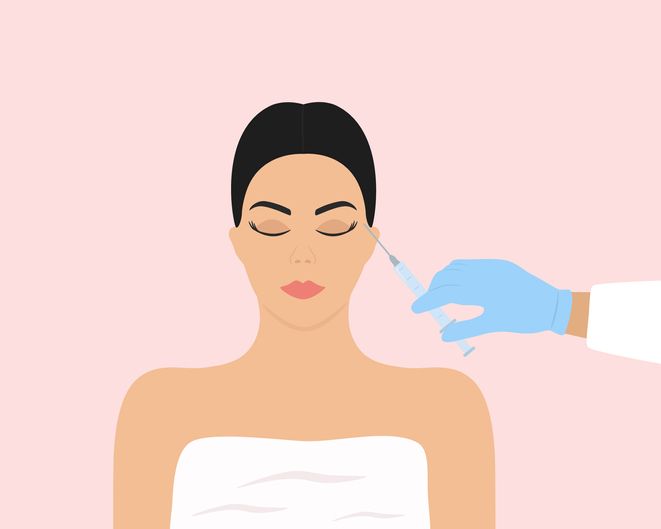
A facelift, also called rhytidectomy, is a cosmetic surgery that takes care of the visible signs of ageing in the face and neck. It aims to tighten up loose skin, get rid of lines, and make you look younger again.
Treatments for facelifts have changed a lot over the years, giving people a wide range of choices to choose from based on their needs and preferences. Let's take a look at some of the most common types of facelifts done today:
Traditional facelift: The gold standard
When it comes to a complete facelift, the regular facelift is still the gold standard. This method works on the lips, jowls, and neck, which make up the lower two-thirds of the face. During the process, cuts are made along the hairline and behind the ears so that the underlying tissues can be reached and tightened. The extra skin is then cut away, and the leftover skin is redraped to make it look smoother and younger.
Mini facelift: A less invasive option
The thread lift is a non-surgical facelift that includes putting dissolvable threads under the skin to lift and reposition sagging facial tissues. This process gets the body to make more collagen, which gradually makes the skin tighter and firmer. The thread lift is less invasive than surgery facelifts and has less downtime, which makes it a good choice for people who want a quick and temporary fix.
Liquid facelift: The injectable solution
Injectable dermal fillers and neuromodulators (like Botox) are used in a liquid facelift to add volume, smooth out lines, and change the shape of the face. This process does not involve surgery, so there is no recovery time. With a liquid facelift, you can look younger and more refreshed without having surgery. This is done by carefully injecting fillers and relaxing certain facial muscles.
Mid-facelift: Targeting the cheeks and lower eyelids
The mid-facelift, which is also called a "cheek lift," makes the cheeks and lower eyes look better. This method lifts and repositions the sagging tissues in the middle of the face, returning volume and making nasolabial folds and under-eye bags less noticeable. The mid-facelift can be done by itself or in combination with other facelift methods to give a more complete facelift.
Lower facelift: Addressing the jawline and neck
The lower facelift focuses on the jawline and neck area. It fixes droopy jowls, loose skin on the neck, and the start of a double chin. The lower facelift gives the chin and neck a smoother shape by tightening the muscles underneath and removing extra skin. This process can be used with other facelift methods to make the results look more natural.
Combination approaches: Customising your facelift
In many cases, different facelift techniques are used together to make the treatment fit the needs of the person. By making the procedure unique, the surgeon can handle more problems and give the patient a complete facelift. Depending on the needs of the patient, a standard facelift could be combined with a mid-facelift or a mini facelift could be combined with a thread lift.
2
Non-Surgical Facelift Options
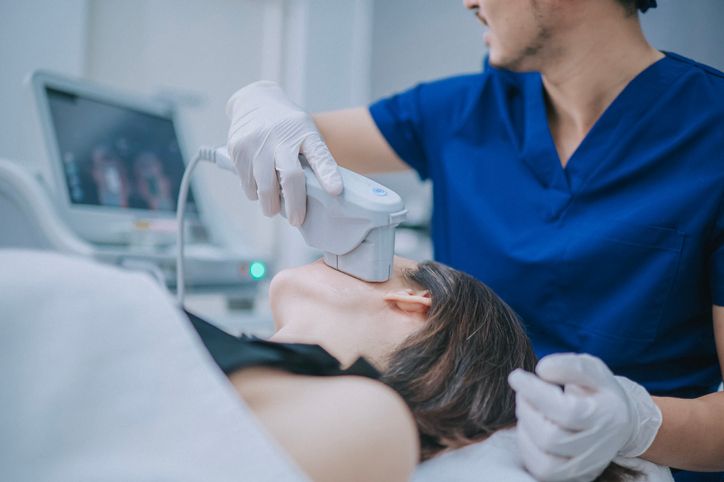
In addition to these different surgical facelift techniques, there are several other non-surgical facelift options available:
Ultherapy
Ultrasound technology is used in this non-invasive treatment to boost collagen production and lift sagging skin. It works especially well on the areas around the face, neck, and chin.
Radiofrequency (RF) treatments
Radiofrequency energy is used in RF therapy to tighten the skin and make more collagen. These treatments are often used to make fine lines and wrinkles look better.
Laser resurfacing
Laser resurfacing uses lasers to take off the top layer of skin, which makes room for new, better skin to grow. It can help get rid of wrinkles, age spots, and other things that make your face look bad.
- The Science and Art of Facial Contouring for a "V Shape Face"
- Is Your Double Chin Bothering You? Explore Myths, Facts & Treatments
- Restoring Facial Volume: A Guide to Treating Sunken Face
- 【Coconut Oil Skin Benefits】Here's why coconut oil is good for your skin! 10 ways to use coconut oil on your skin for radiant complexion
3
What are the Benefits of Facelift Treatments?
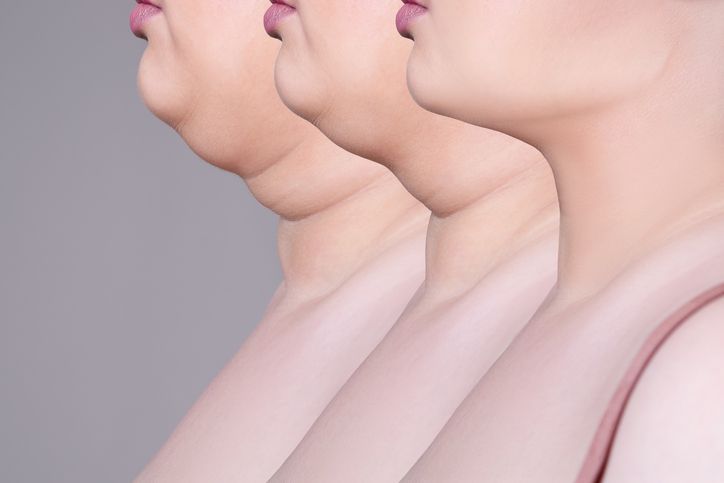
Facelift treatment has many benefits, both physically and mentally, for people who want to look younger and more refreshed. Here are some of the different benefits of facelift surgery:
Reduction of wrinkles and sagging skin
A facelift is one of the best ways to get rid of wrinkles, fine lines, and droopy skin. As we get older, our skin loses its flexibility. This makes wrinkles and folds appear. During a facelift, the underlying facial muscles are tightened and extra skin is removed. This gives the face a smoother, tighter, and more young shape.
Improved facial definition
Due to sagging skin and loss of bulk, the natural shape of the face can become less clear over time. A facelift fixes this problem by lifting and adjusting the tissues below the skin. This gives the jawline, chin, and neck more definition. By giving the face more definition, a person can look more beautiful, well-balanced, and young.
Enhanced self-confidence
Facelifts can make a big difference in a person's self-esteem because they change the way they look. People often feel more comfortable and happy with their looks when they take care of their appearance and having more self-confidence can improve many parts of your life, from your personal relationships to your career possibilities.
Long-lasting results
A facelift gives long-lasting results, while non-surgical treatments only give temporary benefits. Even though people keep getting older, the benefits of a facelift can last for a long time, giving people a more youthful look for a long time. Even though the face will keep getting older on its own, the changes made by a facelift can help keep a more youthful look.
Reversal of environmental damage
Sun exposure, pollution, and how you live your life can all affect the quality and look of your face. A facelift can help fix the damage caused by the environment by removing the damaged skin and tightening the muscles underneath. The process can give you a healthier, brighter complexion, lessen the signs of sun damage, and make your skin feel better overall.
Customization to individual needs
A facelift is a process that is very flexible and can be changed to fit the needs of each person. Whether it's the lower face, the middle face, or the neck, a skilled plastic surgeon can make a unique treatment plan to focus on the exact areas that need to be fixed. This personalization makes sure that the results look natural and go well with the person's own facial traits.
Complementary procedure options
A facelift and other cosmetic treatments can be used together to give the face a full facelift. People may choose to get a brow lift, eyelid surgery (blepharoplasty), or facial fillers in addition to a facelift to fix other problems. When you can combine processes, you can change things in a more complete way, making sure that the end result is harmonious and well-balanced.
Psychological well-being
A makeover can help you feel better about yourself in more ways than just how you look. After the treatment, many people say they feel better, have more confidence in themselves, and have a more positive view of life. Having more confidence in how you look can improve your personal relationships, social life, and quality of life as a whole.
Enhanced facial harmony
As the face ages, changes in different places can make it look out of balance or out of tune. A facelift can make your face look better by fixing more than one problem at once. A facelift can help make the face look younger and more balanced by lifting and tightening sagging skin, improving facial features, and restoring volume.
Natural-looking results
The goal is to make the person look better without making them look fake or "pulled". Modern facelifts focus on lifting and shifting the tissues beneath the skin in a way that looks like the way the body naturally ages and this gives the face a refreshed but still natural look.
4
What are The Factors to Consider Before Undergoing a Facelift?
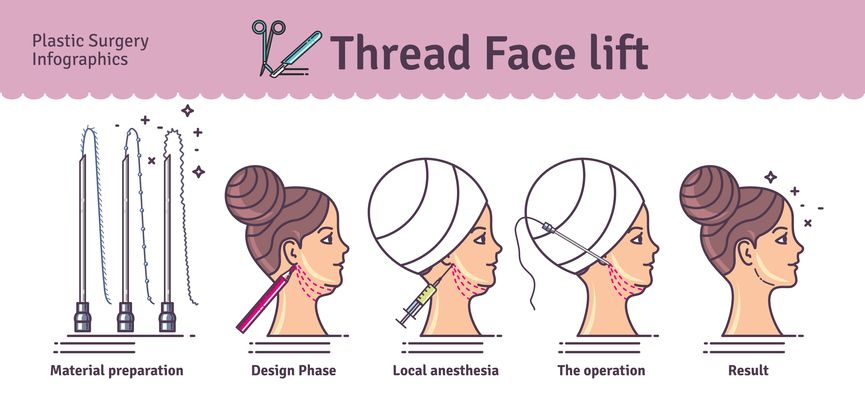
Before deciding to undergo a facelift, it is crucial to consider various factors to ensure that it is the right procedure for you. Here are some important consideration:
Choosing a qualified surgeon
Your facelift will work well and keep you safe based on how skilled and experienced your surgeon is. Look for a board-certified plastic surgeon who specialises in facial rejuvenation and has a history of good facelift surgeries. A skilled surgeon will look at your goals, do a full evaluation, and suggest the facelift technique that will work best for you.
Consultation and pre-operative planning
During your first meeting with your surgeon, you will talk about your goals, and he or she will look at your face and your health as a whole to make sure you are a good choice for a facelift. They will explain the process, talk about what you can expect, and answer any questions or worries you may have. Pre-operative planning will include full instructions on how to take your medications, quit smoking, and do any other things you need to do to get the best results and avoid problems.
Procedure day: What to expect
On the day of your facelift, you'll go to the surgery centre and get some medicine to make you sleepy. How you'll be put to sleep will depend on how big your facelift is and what your surgeon suggests. Once you are relaxed, the surgeon will make the appropriate cuts, do the steps of the surgery, and carefully close the cuts. How long the process takes will depend on the method used and how complicated your case is.
Recovery and aftercare
After a facelift, it's normal to have swelling, bruises, and pain, which can be treated with painkillers and cold packs. It's important to do what your surgeon tells you to do after surgery, like avoiding strenuous activities, keeping your incisions out of the sun, and going to your follow-up visits for proper wound care and monitoring.
Potential risks and complications
While a facelift is generally a safe and effective procedure, like any surgical intervention, there are potential risks and complications that individuals should be aware of. These can include bleeding, infection, scarring, unfavourable scarring, hematoma, nerve injury, and asymmetry. Before choosing to get a facelift, it's important to know everything you can about these possible results.
Long-term results and maintenance
A facelift can give you benefits that last for a long time, making you look younger and reversing the signs of ageing. But it's important to know that the normal process of aging will keep going on over time. To keep your results, you need to take care of your face, keep it away from the sun, and live a healthy lifestyle.
Not everyone is ready or willing to undergo surgery to achieve facial rejuvenation. Fortunately, there are several non-surgical alternatives available that can help address certain signs of ageing and delay the need for a facelift and one such treatment is Ultra V Lift Pro Non-Surgical Instant Facelift Treatment by Perfect Medical. With this treatment, you won't have to worry about potential risks and complications that come with facelift surgery.

免費體驗
Ultra V Lift Pro Non-Surgical Instant Facelift Treatment
1 Minute Self-Registration
Date should not be before minimal date
5
How does Ultra V Lift Pro Non-Surgical Instant Facelift Treatment Energise and Rejuvenate Your Face?

Ultra V Lift Pro Non-Surgical Instant Facelift Treatment uses the patented TDT Thermal Diffusion technology. Three instrument probes target three skin layers at different depths, spreading ultrasonic energy lines evenly on the subcutaneous skin tissue and fibrous network. The energy pulls up the SMAS and makes collagen grow at the same time. This lifts the face gently and precisely, giving you a safe and refined facelift.
Firstly, experts will use a professional skin analyzer to look at the customer's face and explain what's wrong with it. The monitor shows things like the skin's hydration level, where wrinkles are on the face, the size of the pores, and how loose the skin is.
Secondly, After customising treatment plans, a patch test of ultrasonic energy will be done on the client for them to feel the instrument probes and to ensure no adverse skin reaction.
Lastly, Ultra V Lift Pro Non-Surgical Instant Facelift Treatment starts with alternating between three instruments probes accordingly with various ultrasonic wavelengths taking care of different facial areas regardless of size and thickness.
6
Conclusion
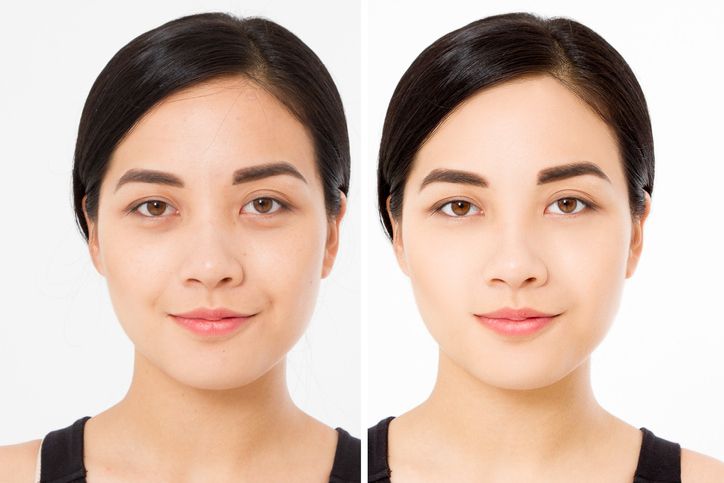
Facelift treatments offer a surgical solution for individuals seeking to rejuvenate their appearance and address the signs of ageing. Whether you opt for a traditional facelift, a mid-facelift, or a lower facelift, these procedures can provide remarkable results by lifting and tightening the facial tissues. However, if you prefer non-surgical alternatives, Perfect Medical's Ultra V Lift Pro Non-Surgical Instant Facelift Treatment can provide effective and remarkable results to rejuvenate your appearance and restore a more youthful look!

免費體驗
Ultra V Lift Pro Non-Surgical Instant Facelift Treatment
1 Minute Self-Registration
Date should not be before minimal date
FAQ

1. How long does a facelift procedure take?
How long a facelift takes depends on many things, such as the method used, how complicated the case is, and how much experience the surgeon has. A facelift can take anywhere from two to six hours, on average.
2. Is a facelift a painful procedure?
During a facelift, you are given anaesthesia to make sure you are comfy and don't feel any pain. It is normal to feel some pain, swelling, and bruising after the treatment. Your doctor will give you painkillers to help with any pain after surgery.
3. What is the ideal age to get a facelift?
There is no set age at which a facelift is the best thing to do. Whether or not a person gets a facelift depends on things like how much their face has aged, how loose their skin is, and what their personal goals are.
4. How long is the recovery period after a facelift?
The time it takes to heal after a facelift can be different for each person. Most people can expect to be back to normal in about two to three weeks. During this time, the swelling and bruises will slowly go away, and you'll start to notice the first effects of your facelift.
5. Are facelift results permanent?
Even though a facelift can last for a long time, it doesn't stop the normal ageing process. The impact of ageing, gravity, and your lifestyle can change the way your facelift works over time.








